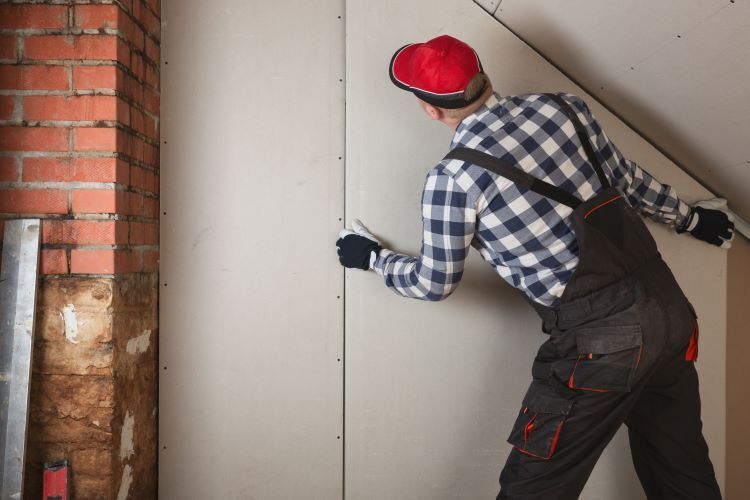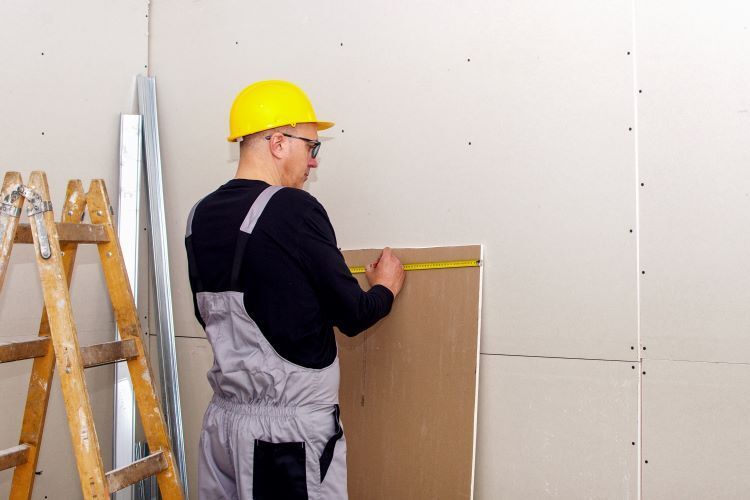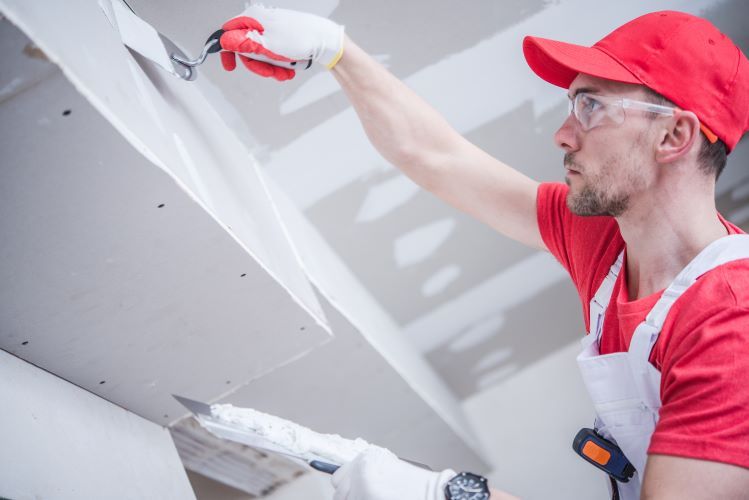All You Need to Know About Drywall Installation

When it comes to creating smooth, flawless walls and ceilings, drywall installation is a critical step in the construction or renovation process. Whether you’re tackling a new build or remodeling an existing space, understanding the drywall installation process is key to achieving professional results. At Barrie Drywallers, we pride ourselves on delivering top-notch drywall services in Barrie, Ontario. Here’s a comprehensive guide to the drywall sheet installation process, complete with expert tips to ensure your project is a success.
Step-by-Step Guide to Drywall Installation
1. Planning and Preparation
Materials and Tools: Ensure you have all the necessary materials and tools before starting the installation. This includes drywall sheets, screws, joint compound, tape, corner beads, a utility knife, a drywall saw, a screw gun, and a T-square.
Measuring and Cutting: Measure the dimensions of your walls and ceilings to determine the number and size of drywall sheets needed. Use a T-square and utility knife to cut the drywall to the required sizes, making sure to account for doors, windows, and other openings.
Safety First: Always wear protective gear, including safety glasses and a dust mask, to protect yourself from dust and debris during the installation process.
2. Installing the Drywall Sheets
Positioning: Start with the ceiling if you’re drywalling both walls and ceilings. Position the drywall sheets perpendicular to the ceiling joists for added strength. For walls, position the sheets horizontally, starting from the top.
Securing the Sheets: Use a screw gun to secure the drywall sheets to the studs or joists. Place screws approximately 12 inches apart along the edges and every 16 inches in the field of the sheet. Ensure that the screws are slightly recessed without breaking the drywall paper surface.
Cutting Openings: Use a drywall saw to cut out openings for electrical outlets, light fixtures, and other in-wall elements. Measure and mark these locations accurately before making the cuts.
3. Taping and Mudding
Applying Joint Tape: Once all the drywall sheets are installed, apply joint tape to the seams where the sheets meet. This reinforces the joints and helps prevent cracking.
First Coat of Joint Compound: Apply a thin layer of joint compound over the tape using a taping knife. Smooth it out to blend with the drywall surface and let it dry completely.
Additional Coats: Apply two to three additional coats of joint compound, each slightly wider than the previous one to feather out the edges. Allow each coat to dry thoroughly and sand lightly between coats to achieve a smooth finish.
4. Sanding and Finishing
Sanding: After the final coat of joint compound is dry, sand the entire surface with a fine-grit sanding block or pole sander to remove any imperfections and create a smooth finish.
Priming and Painting: Once sanding is complete, apply a primer to seal the drywall and prepare it for painting. After the primer is dry, you can proceed with your chosen paint color to complete the project.
Expert Tips for Professional Results
Use Quality Materials
Investing in high-quality drywall sheets, joint compound, and tape can make a significant difference in the final appearance and durability of your walls and ceilings. Cheap materials may lead to issues such as cracking, sagging, or difficulty in achieving a smooth finish.
Properly Space the Screws
Spacing the screws correctly is essential for a secure installation. Screws that are too far apart can lead to loose drywall sheets, while screws that are too close together can cause cracking. Follow the recommended spacing guidelines for the best results.
Take Your Time with Taping and Mudding
The taping and mudding process is where many DIYers encounter difficulties. Take your time to apply the joint compound smoothly and evenly. Don’t rush the drying times between coats, and make sure to sand thoroughly for a professional finish.
Use the Right Tools
Using the right tools can make the drywall installation process more efficient and help you achieve better results. A screw gun, taping knife, T-square, and drywall saw are essential tools that every drywall installer should have.
Hire Professionals for Complex Projects
While DIY drywall installation is possible for small projects, larger or more complex jobs may require professional expertise. Hiring experienced drywall contractors, like Barrie Drywallers, ensures that the job is done correctly and efficiently, saving you time and potential frustration.
Why Choose Barrie Drywallers
At Barrie Drywallers, we are committed to delivering high-quality drywall installation services that meet and exceed our clients’ expectations. Our team of skilled professionals has the experience and knowledge to handle any drywall project, big or small. We use only the best materials and tools to ensure a flawless finish that will stand the test of time.
Whether you’re renovating a single room or constructing a new home, you can trust Barrie Drywallers to provide expert drywall services with a focus on quality, precision, and customer satisfaction. Contact us today to discuss your drywall needs and discover how we can help you achieve the perfect walls and ceilings for your home or business.
You Might Also Enjoy:



Contact Us!
